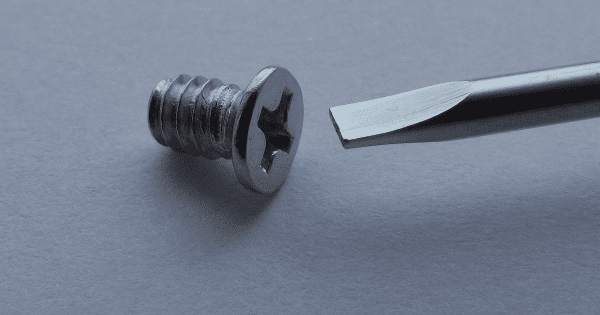
You Need to Understand These 2 Things to Effectively Prevent Human Error
Human error happens. While in some instances it might be harmless, in a manufacturing setting, it can be dangerous. In fact, human error is responsible for almost 90% of all workplace accidents. Wondering how to prevent human error in workplace settings and how to keep it from becoming a serious issue? The first step is understanding these three things.
People Are Human
It would be nice if technology could prevent every human mistake, but the reality is we’re just not there yet. In the meantime, it’s crucial for floor managers and business owners to understand that humans are still completing the majority of work that needs to be done. Human error investigations must always begin with the understanding that the issue could have been caused by a human. The systems that we utilize in manufacturing and elsewhere allow humans to utilize their natural unreliability in countless situations. The fault is our own — many of the technological systems we have in place simply don’t consider human error prevention as part of their design. Unfortunately, that means it’s our job — and your job if you lead a team of people — to practice reducing human errors and understand that your workforce is not purely mechanical.
When CAPA Is Necessary
Corrective and Preventive Action (CAPA) is one of the most important tools in your human error investigation arsenal. That being said, it’s crucial for you to understand fully when it is and isn’t needed. In some cases, CAPA may be essential because human error put an employee’s life at risk or created liability for your operation as a whole. Any situation that has a high level of severity definitely requires CAPA. But when isn’t it necessary?
- Low Severity – If an error has no batch impact and future, similar errors wouldn’t either, you can consider the severity to be low. CAPA likely isn’t necessary.
- High Detectability – Your QA checks caught the error like they were designed to. This occurred before the error even left your facility.
- Low Frequency – Your human employees performed the task without error multiple times. In other words, your human error investigations determined the error was an isolated anomaly.
Running effective human error investigations and understanding the fundamentals of human error itself are key components of reducing error in your facility. If you have more questions about reducing error in your workplace, our team at Human Error Solutions is ready to help.



